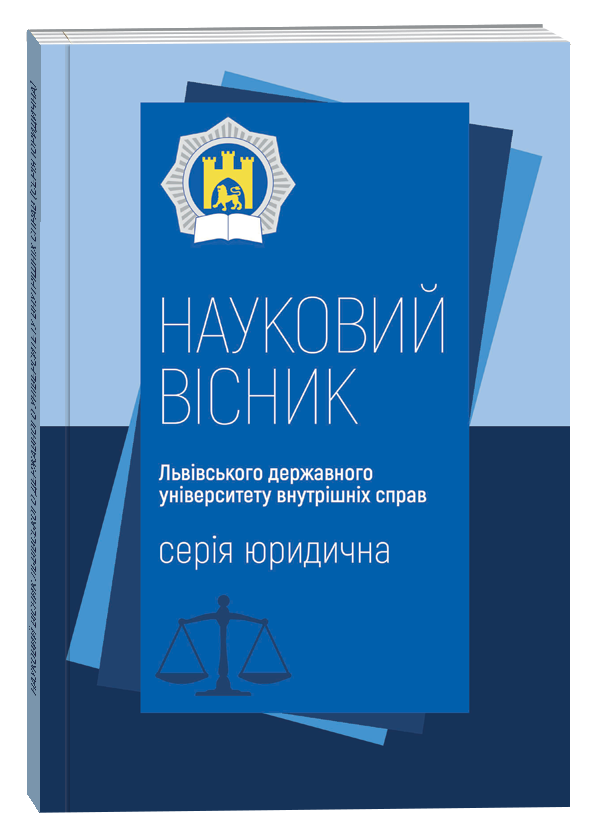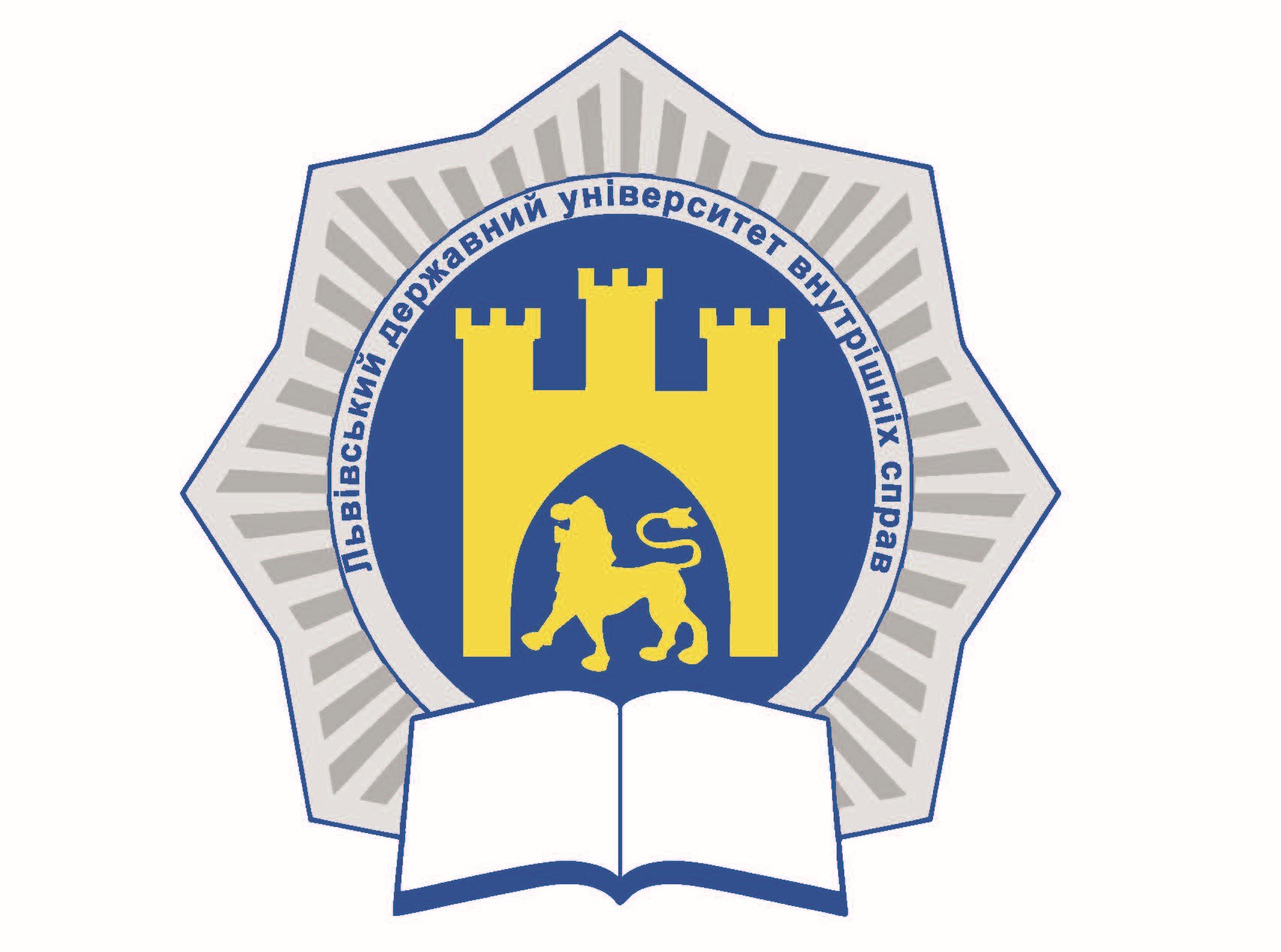THE SITUATION OF THE PEOPLE OF UKRAINE ON THE EVE OF THE NATIONAL LIBERATION WAR OF 1648–1649: HISTORICAL AND LEGAL RESEARCH
DOI:
https://doi.org/10.32782/2311-8040/2024-2-1Keywords:
Ukrainian lands, Polish law, Polonization, serfdom, establishment of Catholicism, social status, nobility, clergy, burghers, peasantry, Ukrainian peopleAbstract
Feudal fragmentation and the Mongol-Tatar invasion led to the political decline of South-Western Russia (Ukraine) lands. They became the object of encroachment by several neighbouring states with different levels of development and types of state systems. The central part of the political separation of Ukrainian lands in the middle of the 14th century came under the rule of the Polish kingdom (Halychyna, part of Western Volyn, Western Podillia were annexed by Poland in 1430). An administrative and political system and Polish law were introduced in Halychyna, and the rights of local boyars were equalized with the Polish nobility. Ukrainians were thrown out of government institutions, a complete Polonization of the population was introduced and the transformation of Ukrainian lands into ordinary provinces of Poland. The Union of Lublin in 1569, which had sad consequences for Ukraine, primarily in the socio-economic sphere (expansion and consolidation of serfdom), in the cultural sphere (the consolidation of Catholicism), completed the process of legalization of social states, large socio-legal groups of people who differed in hereditary legal status in society, certain rights and obligations. Since then, the full-fledged estates included the nobility (the feudal lords were called in the Kingdom of Poland), the clergy and the bourgeoisie. As for the peasantry, during the 14th and 15th centuries, in contrast to the mentioned estates, it gradually lost its rights and fell into the private-law aspect of dependence on the owners of the land – the nobility or the clergy. It led to the alienation of the Ukrainian-Belarusian nobility from other strata of the population through Polonization and eventually to the Cossack wars and the national liberation war of the Ukrainian people in the middle of the 17th century, in which the minor Orthodox nobility took an active part.
References
Бойко І.Й. Держава і право Гетьманщини: навчальний посібник. Львів: Світ, 2000. 118 с.
Баранович О.В. Залюднення України перед Хмельниччиною: Залюднення Волинського воєводства у першій половині XVII ст. Київ. 1930. С. 25.
Мельник Л.Г. Боротьба за українську державність (XVII ст.). Київ: Освіта, 1995. 192 с.
Щербак В.О. Українське козацтво: формування соціального стану. Друга половина XV – середина XVII ст. Монографія. Київ: Видавничий дім «КМ Академія», 2000. 296 с.
Макарчук С.В. Писемні джерела з історії України: Курс лекцій. Львів: Світ, 1999. 352 с.
Маковський В.І. Становлення основ української державності в середині XVII ст. та причини її ліквідації. Дніпродзержинськ. 1995. 245 с.
Історія України. Нове бачення: У 2-х т. / За редакцією В.А. Смолія. Київ. 1996. 494 c.
Горобець В.І. Політичний устрій українських земель другої половини XVII–XVIII ст. Київ: Інститут історії України НАН України. 2000. 187 с.
Історія України в документах і матеріалах. Київ. 1941. Т. 3. С. 96–98.
Смолій В.А. Степанков В.С. Політична система українського суспільства в роки Національної революції XVII століття / НАН України. Інститут історії України. Київ: Інститут історії України, 2008. 120 с.
Дорошенко Д.І. Нарис історії України. Львів: Світ, 1991. 574 с.









